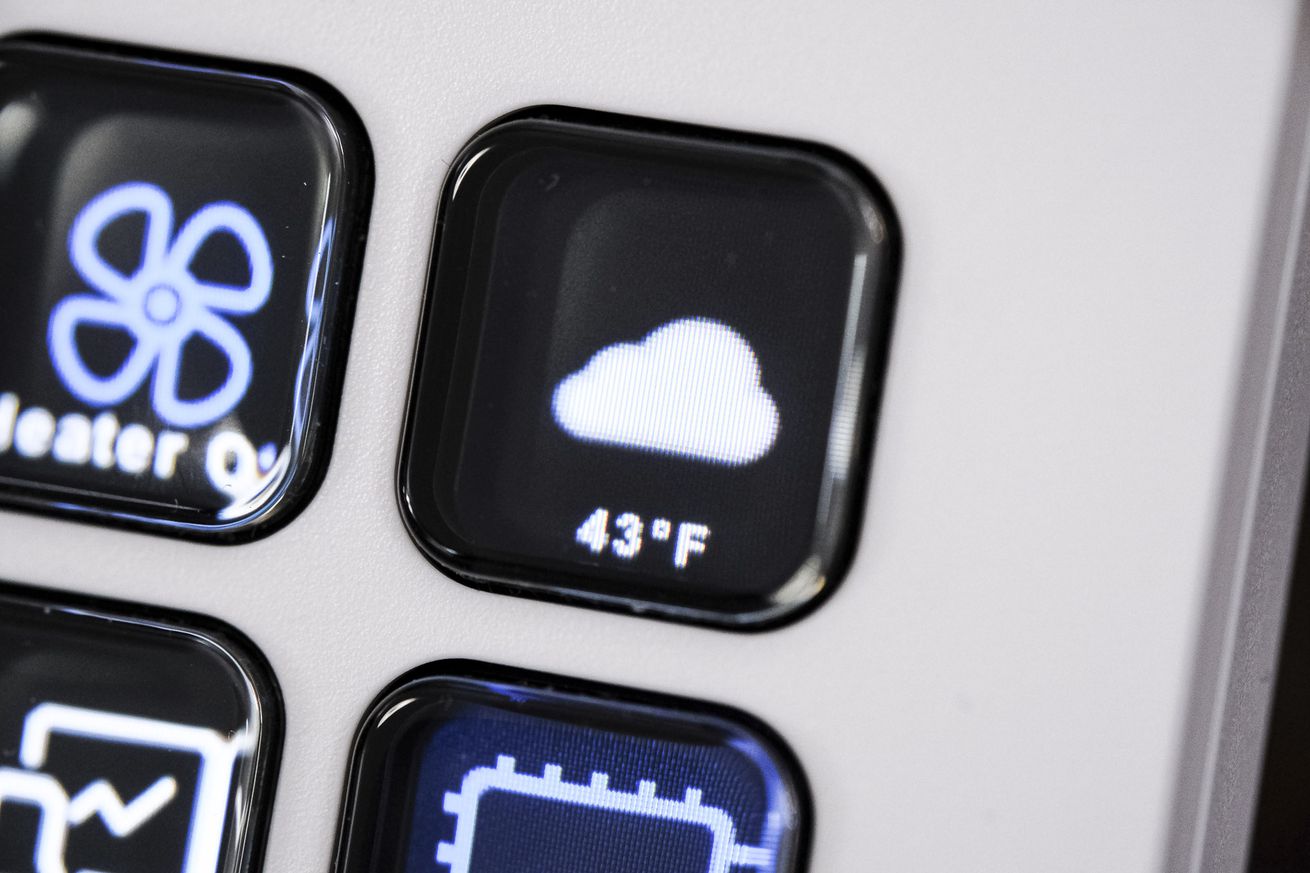
The Stream Deck mastered the LCD key by making it peripheral
Like many great products, the Elgato Stream Deck wasn’t exactly a new idea.
When the very first one debuted six years ago this month, we instantly compared it to Art Lebedev’s legendary Optimus Maximus keyboard, which promised an array of swirling OLED screens under your fingertips an entire decade earlier. Razer, too, pioneered LCD keys before their time, tacking them onto a keyboard and the company’s very first Blade laptop.
But today, we’re celebrating the simple genius of Elgato — the company that finally turned them into a viable product by making them relatively cheap, comfy, and most importantly: peripheral.
Art Lebedev and Razer both believed we wanted a new keyboard that morphs, where our primary computing input mechanism should be replaced with one that intelligently adapts to our needs.
Even today, the idea feels grand: “Why would Photoshop and Quake present you with the same boring keyboard?” you can practically hear Art Lebedev’s concept images ask.
Razer, perhaps inspired by that Quake keyboard layout, asked a follow-on question in 2011: “If your keys can morph, maybe you don’t need so many of them to play PC games on the go?” The result was the Razer Switchblade, a 7-inch concept handheld gaming PC prototype created through a partnership with Intel.
Razer didn't sell that one, though. The final “Razer Switchblade” turned out to be far less exciting at the time: ten LCD keys and a touchscreen trackpad embedded into a regular keyboard. You can almost see a Stream Deck if you look closely — but still integrated, not yet peripheral.
That’s why the idea didn’t stick. Razer thought users would buy into a pricey keyboard ($250) or laptop ($2000+), give up the familiarity of the input devices they already owned, and trust that game developers would support its new Switchblade UI. It also didn’t help that the keys felt brutal — stiff, flat and brittle.
The Elgato Stream Deck asked for none of those tradeoffs.
The Stream Deck immediately pitched itself as a purpose-built tool right down to its name, giving you handy buttons to control Twitch, OBS, and Twitter right out of the gate. (It does far more today.) You place it alongside your favorite keyboard, instead of replacing it, and between that and the $80 starting price of the six-key Stream Deck Mini, I was easily sold.
And the keys, those keys… soft, cushy, inviting, each jeweled press like popping a piece of bubble wrap. I’m not saying it’s anything like the satisfying crunch of a mechanical switch — it’s a different joy entirely.
Speaking of which… I have an little announcement to make, a treat for any Stream Deck owners who might be reading this story:
The Verge has its own official bubble-popping Stream Deck plug-in!
Behold:
Before he left on a 2600-mile hike — seriously, he’s walking the Pacific Crest Trail — my dear colleague Mitchell Clark coded the bubble popping app of my daydreams, complete with sound effects. (He actually submitted it to Elgato his first day on the trail.) It works with as many buttons as you like; Tom even tested a full page of bubbles on his 32-button Stream Deck XL.
It’s live in the Elgato app store, it’s our free gift to you, and you can download it right now.
I’m set to interview the head of Elgato in the near future, and I plan to ask how they managed to make these keys actually feel good. We already know there isn’t a tiny screen underneath each key:
The buttons are all lenses that sit on top of a single LCD screen. The more you know!

